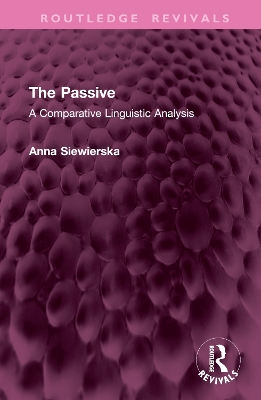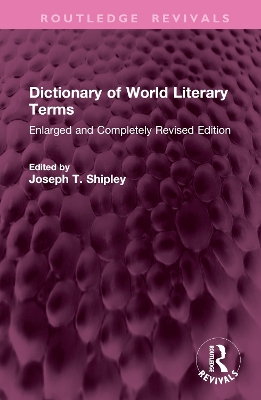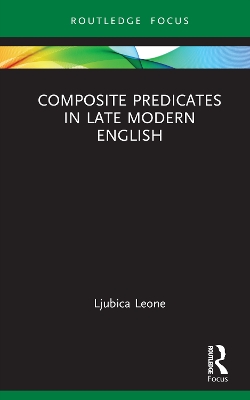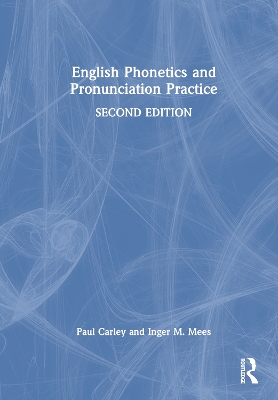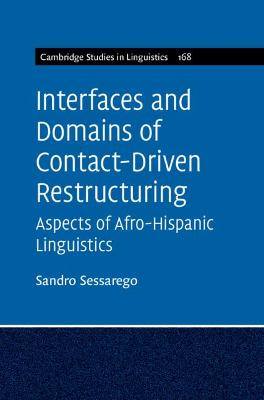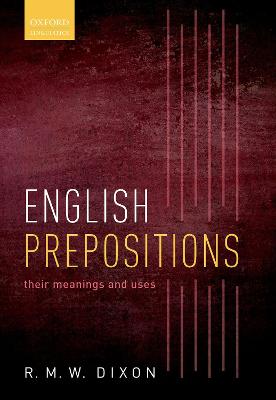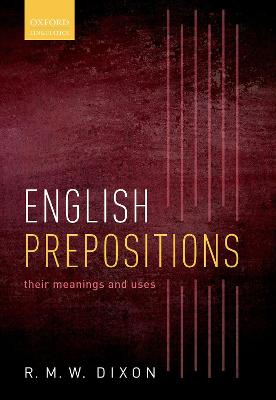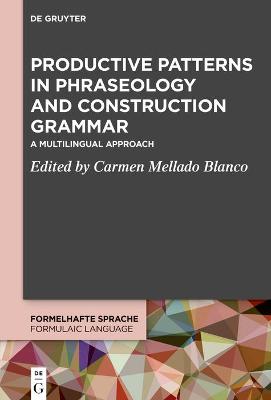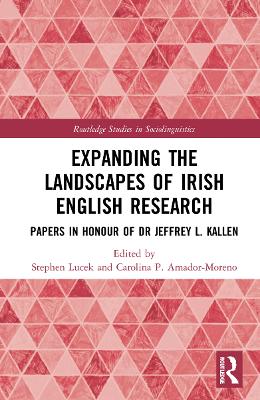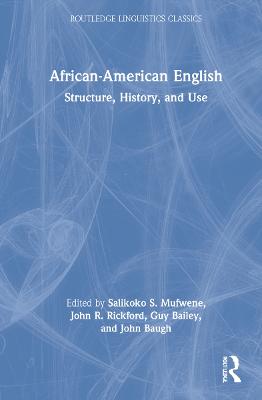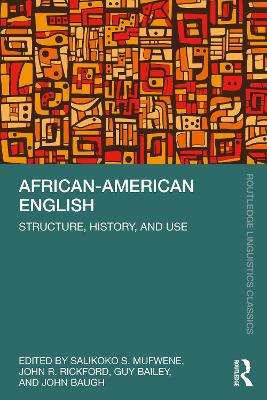Syntax of V-V Resultatives in Mandarin Chinese
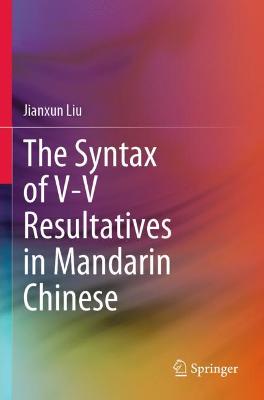 portes grátis
portes grátis
Syntax of V-V Resultatives in Mandarin Chinese
Liu, Jianxun
Springer Verlag, Singapore
03/2022
125
Mole
Inglês
9789813368484
15 a 20 dias
221
Chapter 2: The generation of resultative V-V compounds 1 Introduction 2 Lexicalist vs. syntactic approaches to word formation 2.1 The lexicalist approach 2.2 Word formation in Distributed Morphology: A syntactic approach 3 The inner vs. outer domain hypothesis for the formation of complex words 3.1 The inner vs. outer domain hypothesis 3.2 The crosslinguistic application of the two-domain hypothesis 4 A lexicalist analysis: Y. Li (2005) 5 Generation of resultative and parallel V-V compounds in Mandarin 5.1 Resultative vs. parallel V-V compounds 5.1.1 Parallel V-V compounds 5.1.2 Contrasting properties of resultative and parallel V-V compounds 5.2 An analysis under the two-domain hypothesis 5.2.1 Semantics: Compositionality vs. idiosyncrasy 5.2.2 Nominalizations 5.2.3 Free vs. bound component morphemes 5.2.4 Productivity vs. semi-productivity 5.2.5 Adverbial modification 6 Conclusion
Chapter 3: The syntactic structure of Mandarin V-V resultatives: An event-mapping
approach 1 Introduction 2 The event-mapping approach to argument structure 2.1 Lexicalist vs. syntactic approaches to argument structure 2.1.1 The lexicalist approach 2.1.2 The syntactic approach: The autonomy of syntactic structure 2.2 The event-mapping approach to argument structure 2.2.1 Event-structure decomposition of verbal semantics 2.2.2 The event-mapping approach to argument structure 2.2.2.1 Travis (2010) and Ramchand (2008) 2.2.2.2 Lin (2004) 2.2.2.3 Marantz (2013) 2.2.3 Assumptions of my analysis 3 Previous studies of V-V resultatives in Mandarin 3.1 Weakly decompositional analyses of Mandarin V-V resultatives 3.2 Lin (2004): An event-mapping approach 4 Syntactic structure of V-V resultatives in Mandarin: The evidence from adverbial modification properties 4.1 The syntactic structure of object-oriented V-V resultatives 4.1.1 The evidence for the vCAUSEP 4.1.2 The evidence for the vBECOMEP 4.1.3 The absence of vBEP 4.1.4 An intermediate summary 4.2 The syntactic structure of subject-oriented V-V resultatives 4.2.1 Adverbial modification properties of subject-oriented V-V resultatives 4.2.1.1 V1: Unavailable for adverbial modification 4.2.1.2 Adverbial modification of V2 4.2.1.3 The impossibility of state-modifying adverbs 4.2.2 Subject-oriented V-V resultatives with surface object 5 Conclusion
Chapter 4: The external argument and alternations of V-V resultatives 1 Introduction 2 The properties of the subject of V-V resultatives 2.1 Theoretical background: The different structures of causatives and noncausatives 2.1.1 Pylkkaenen (2008): Causatives and noncausatives differ in appearance/absence of vCAUSE 2.1.2 Alexiadou, Anagnostopoulou & Schaefer (2015): Causatives and noncausatives differ in the appearance/absence of Voice. 2.2 The properties of the subject of resultatives 2.2.1 The external argument in object-oriented resultatives 2.2.2 Subject-oriented resultatives: The absence of an external argument 3 The alternation of resultative V-V compounds 3.1 The de-causativization of object-oriented V-V resultative compounds 3.2 The causativization of subject-oriented resultative V-V compounds 3.2.1 Summary of the proposal 3.2.2 Direct Causation Condition: Rappaport Hovav & Levin (2012) 3.2.3 The alternation properties of subject-oriented V-V resultatives: My analysis 4 Conclusion
Chapter 5: Concluding Remarks 1 The present work: Brief summary and its significance 2 Future studies References
Chapter 2: The generation of resultative V-V compounds 1 Introduction 2 Lexicalist vs. syntactic approaches to word formation 2.1 The lexicalist approach 2.2 Word formation in Distributed Morphology: A syntactic approach 3 The inner vs. outer domain hypothesis for the formation of complex words 3.1 The inner vs. outer domain hypothesis 3.2 The crosslinguistic application of the two-domain hypothesis 4 A lexicalist analysis: Y. Li (2005) 5 Generation of resultative and parallel V-V compounds in Mandarin 5.1 Resultative vs. parallel V-V compounds 5.1.1 Parallel V-V compounds 5.1.2 Contrasting properties of resultative and parallel V-V compounds 5.2 An analysis under the two-domain hypothesis 5.2.1 Semantics: Compositionality vs. idiosyncrasy 5.2.2 Nominalizations 5.2.3 Free vs. bound component morphemes 5.2.4 Productivity vs. semi-productivity 5.2.5 Adverbial modification 6 Conclusion
Chapter 3: The syntactic structure of Mandarin V-V resultatives: An event-mapping
approach 1 Introduction 2 The event-mapping approach to argument structure 2.1 Lexicalist vs. syntactic approaches to argument structure 2.1.1 The lexicalist approach 2.1.2 The syntactic approach: The autonomy of syntactic structure 2.2 The event-mapping approach to argument structure 2.2.1 Event-structure decomposition of verbal semantics 2.2.2 The event-mapping approach to argument structure 2.2.2.1 Travis (2010) and Ramchand (2008) 2.2.2.2 Lin (2004) 2.2.2.3 Marantz (2013) 2.2.3 Assumptions of my analysis 3 Previous studies of V-V resultatives in Mandarin 3.1 Weakly decompositional analyses of Mandarin V-V resultatives 3.2 Lin (2004): An event-mapping approach 4 Syntactic structure of V-V resultatives in Mandarin: The evidence from adverbial modification properties 4.1 The syntactic structure of object-oriented V-V resultatives 4.1.1 The evidence for the vCAUSEP 4.1.2 The evidence for the vBECOMEP 4.1.3 The absence of vBEP 4.1.4 An intermediate summary 4.2 The syntactic structure of subject-oriented V-V resultatives 4.2.1 Adverbial modification properties of subject-oriented V-V resultatives 4.2.1.1 V1: Unavailable for adverbial modification 4.2.1.2 Adverbial modification of V2 4.2.1.3 The impossibility of state-modifying adverbs 4.2.2 Subject-oriented V-V resultatives with surface object 5 Conclusion
Chapter 4: The external argument and alternations of V-V resultatives 1 Introduction 2 The properties of the subject of V-V resultatives 2.1 Theoretical background: The different structures of causatives and noncausatives 2.1.1 Pylkkaenen (2008): Causatives and noncausatives differ in appearance/absence of vCAUSE 2.1.2 Alexiadou, Anagnostopoulou & Schaefer (2015): Causatives and noncausatives differ in the appearance/absence of Voice. 2.2 The properties of the subject of resultatives 2.2.1 The external argument in object-oriented resultatives 2.2.2 Subject-oriented resultatives: The absence of an external argument 3 The alternation of resultative V-V compounds 3.1 The de-causativization of object-oriented V-V resultative compounds 3.2 The causativization of subject-oriented resultative V-V compounds 3.2.1 Summary of the proposal 3.2.2 Direct Causation Condition: Rappaport Hovav & Levin (2012) 3.2.3 The alternation properties of subject-oriented V-V resultatives: My analysis 4 Conclusion
Chapter 5: Concluding Remarks 1 The present work: Brief summary and its significance 2 Future studies References

